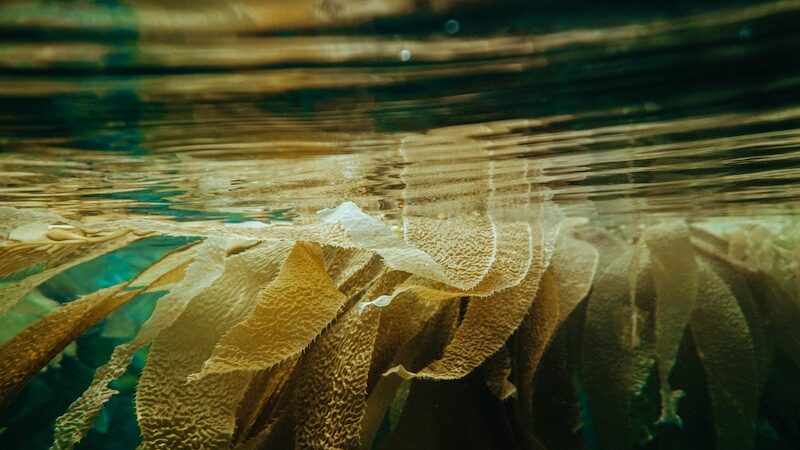Pritzker Award Affiliate: Tristin McHugh, Kelp Project Director, The Nature Conservancy
Impact Fellow: Ariadne Reynolds (IoES doctoral student)
Faculty Advisor: Kyle Cavanaugh, Vice Director, Marine Center
Project objective:
- Assess the policy and management barriers to implementing commercial macroalgae and shellfish aquaculture operations in California
- Identify pathways and opportunities for increased coordination between state and local government, commercial aquaculture practitioners, and the non-profit sector to implement lower-trophic aquaculture operations in California.
- Assess the logistical and financial viability of utilizing commercial aquaculture products to contribute to marine restoration efforts
- Create a spatial framework to identify marine areas in California where multi-trophic aquaculture can be successful based on chosen parameters.
Activity includes:
The State of California is currently considering the implementation of algae and shellfish aquaculture projects, as demand increases for sources of local seafood and for restoration of native species in many areas of the state. Building a network of native kelp and shellfish aquaculture operations in California could be of tremendous benefit to multiple industries as both a source of local and sustainable seafood and as a source of seed for marine restoration efforts. Managers and scientists in California are working toward the implementation of lower trophic aquaculture projects, however, the current framework for proposing and approving aquaculture operations in the marine environment requires a great deal of coordination and communication among multiple state agencies, commercial growers, and restoration practitioners.
Based on the above objectives, I plan to research the current landscape of commercial and research/ restoration macroalgae and shellfish aquaculture operations in California, understand what the barriers to coordination and implementation of these operations are, and identify opportunities for collaboration between aquaculture producers, state agencies, and restoration practitioners.
Specific activities will include background research to identify current and forthcoming aquaculture and restoration practitioners in the state, literature reviews to categorize sustainable aquaculture and restoration practices and methods, and research into current events and directions in aquaculture from varying perspectives(including commercial and restoration needs). The research will also involve attending meetings and conducting interviews with state managers, aquaculture practitioners, and management professionals to understand where bottlenecks to coordination and project implementation lie. This research will result in a written report that will be submitted to marine policy journals for publication.
The spatial analysis will involve identifying environmental, social, and political parameters that will affect the placement of in situ macroalgae and shellfish aquaculture operations in California. The spatial framework will require the integration of existing data sets and potentially creating new datasets in GIS to produce a visually dynamic representation of suitable areas for small-scale lower-trophic aquaculture in California.
Photo by Shane Stagner on Unsplash

